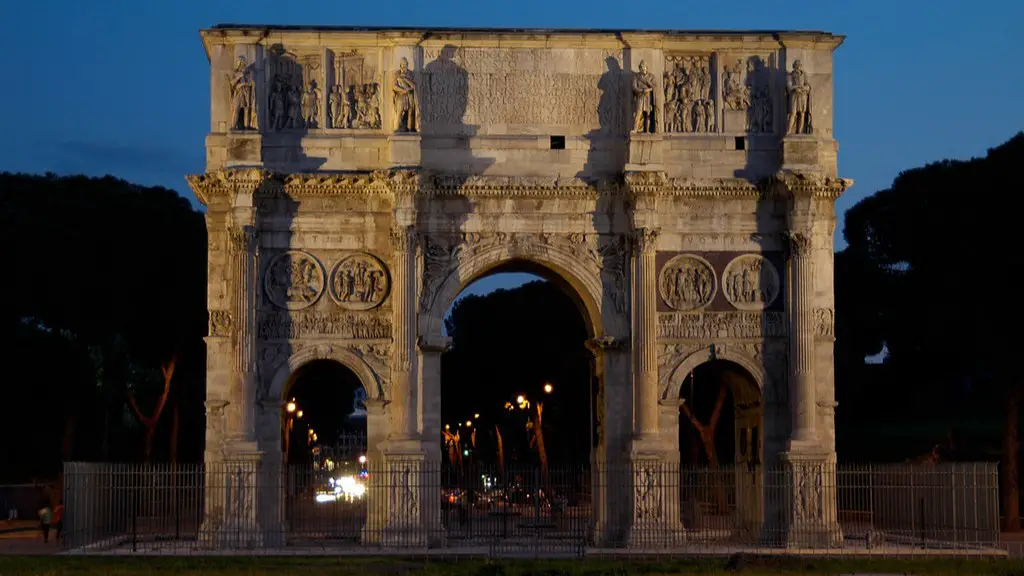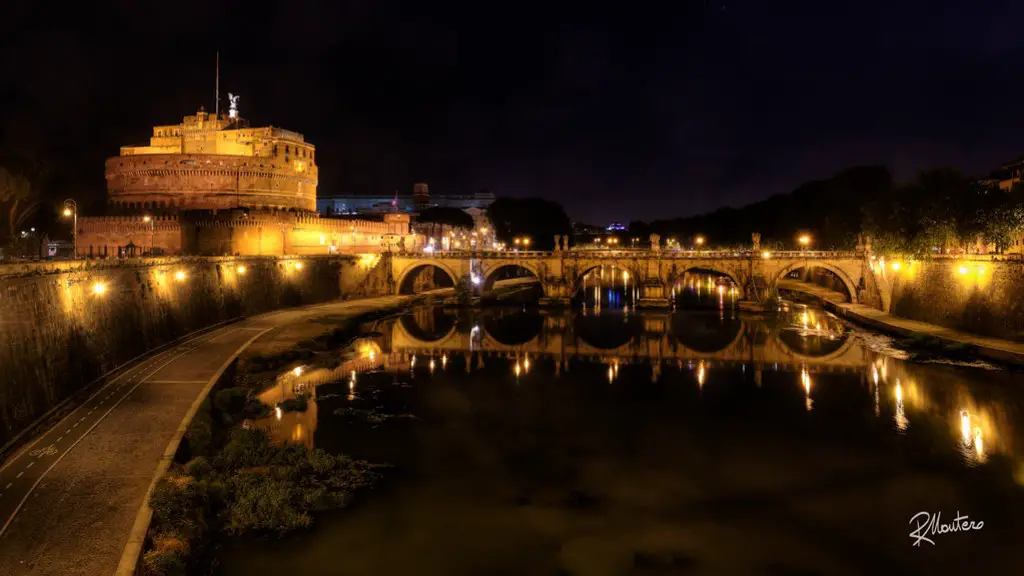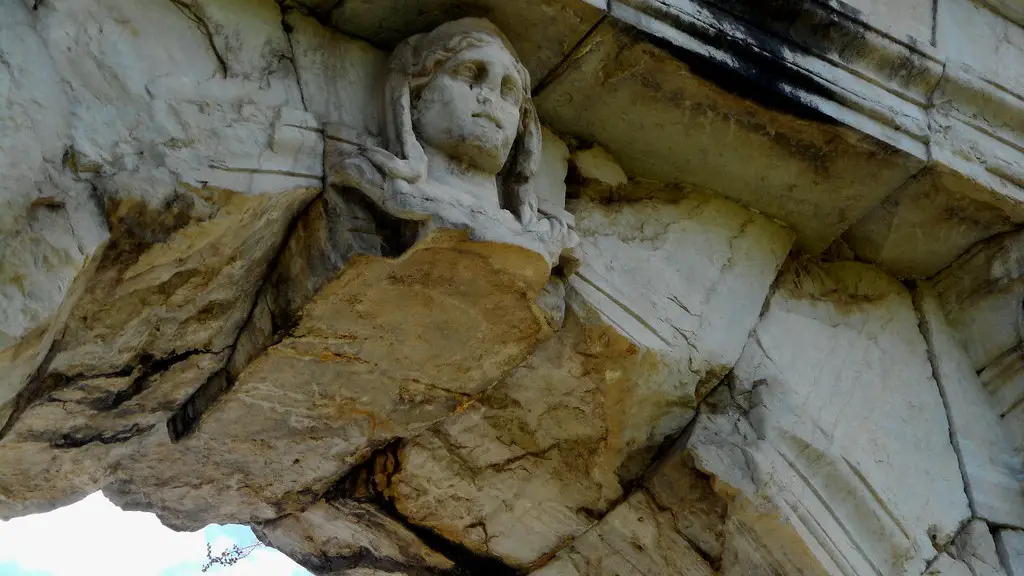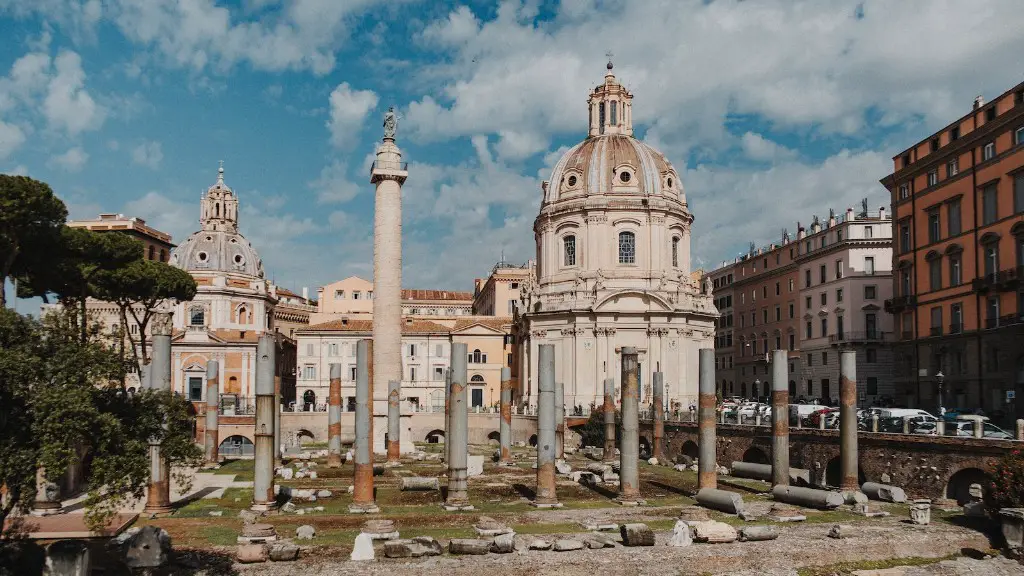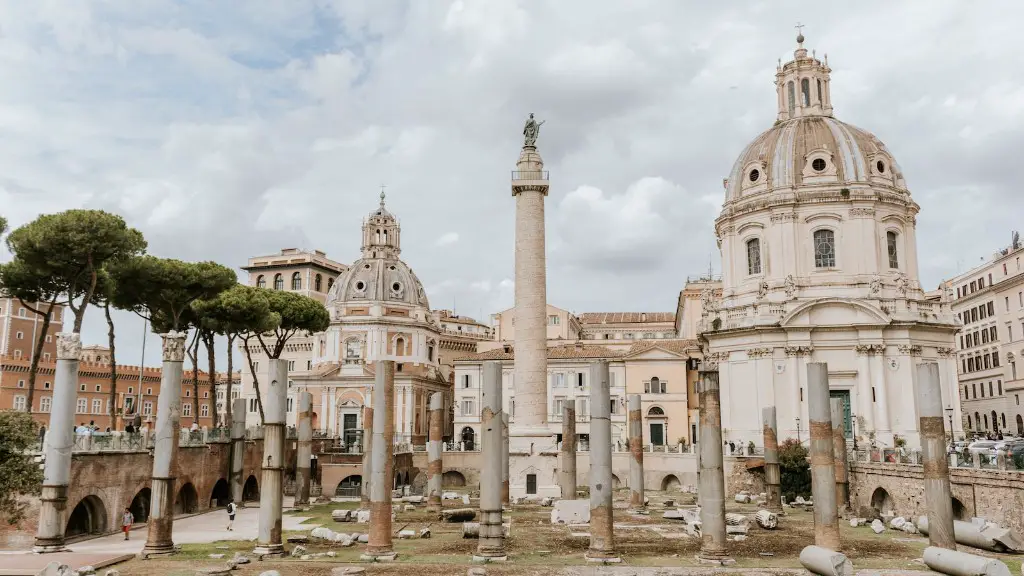Ancient Rome was one of the most dominant civilizations of the classical world, and its political system has had a lasting influence on governments around the world. The Roman Republic, with its unique mix of monarchy, aristocracy and democracy, has been hailed as a model for modern-day democracies. But what kind of government did the Romans actually have?
To truly understand the type of government used by the Romans, we must first look at the roots of Roman government. The earliest Roman government was a monarchy ruled by Etruscan kings, who were eventually overthrown by popular revolt. The establishment of the Roman Republic in 509 BC ushered in the next phase of Roman political development. The Republic was an oligarchic form of government, with a Senate composed of noble patricians, or landowners, ruling over the people.
The Senate was the ruling body of the Republic, but it was subservient to the people. The people held the ultimate power in the Republic: they were the ones who elected the magistrates and tribunes who formed the government, and they also had the power to check any laws passed by the Senate by voting against them in the popular assembly. This combination of oligarchy and democracy gave the Roman Republic its distinctive form of government, one that allowed for the people to have a direct influence on the laws and policies of the state.
The Roman Republic saw its decline and eventual fall in the 1st century BC, with the rise of Julius Caesar and the establishment of the Roman Empire. While the Empire retained many of the features of the Republic – such as magistrates, Senate and popular votes – it was now ruled by an emperor, with the Senate reduced to a figurehead status. The emperor’s power was absolute, and the people had no real power. The Roman Empire was an autocratic form of government, ruled by a single leader.
After the fall of the Roman Empire, many of its political systems were adopted by other civilizations. The idea of a republic, where the people hold ultimate power and the Senate is subservient to them, spread around the world. The idea of an absolute ruler, or emperor, was also taken up in many parts of the world, including China and Japan.
In conclusion, the Roman Republic was a unique blend of oligarchy and democracy, where the people had ultimate control, while the Senate still held considerable power. With the fall of the Republic and the rise of the Empire, the type of government changed to an autocratic form, ruled by a single leader. This type of government has had a lasting influence on many cultures throughout the world.
Republican Government Structure
The structure of the Roman Republic was based on the idea of a tripartite government. This is a system where three separate areas of responsibility are shared between different groups. In the Roman Republic, the three bodies of the government were known as the Senate, the magistrates and the people. Each of these three bodies had its own specific power and authority within the Roman government.
The Senate was the main body responsible for making laws and running the government. It was composed of patricians, or landowners, whose members were elected by the people. The magistrates were lower-level civil servants, responsible for enforcing laws and carrying out the decisions of the Senate. Finally, the people of Rome were the source of power in the Republic. They held ultimate authority as they elected the magistrates and tribunes, and had the ultimate power to veto any laws passed by the Senate.
The Republic was a unique blend of oligarchy and democracy. The Senate was comprised of the nobility, but it was subservient to the people and their representatives. This combination allowed for the people to have a direct influence on the government, while still leaving the Senate in control of legislation and policy-making.
Implementation of Roman Law
Roman Law, or the concept of a legal code, was another key element of the Roman Republic. Roman Law developed as a way of safeguarding the people’s rights and interests. It was based upon the notion of equity, or justice, and the idea that the law should be applied equally to all citizens. Roman Law was essential to the functioning of the Roman Republic, and is seen as a key factor in its success.
Roman Law consisted of legal codes, which were written down and applied to all persons in the Republic. These laws covered a wide range of topics, from criminal justice to inheritance and marriage. Roman Law was not just a matter of legal codes, however. It also included the concept of custom and tradition. This means that the Roman Law developed over time and changed to reflect the changing values and beliefs of Roman society.
Roman Law, combined with the tripartite government structure, served as the backbone of the Roman Republic and helped to ensure a stable and just society. It was a key factor in the success of the Roman Republic and its lasting influence on governments around the world.
The Decline of the Roman Republic
The Roman Republic had long been a thriving and successful form of government. However, in the 1st century BC, the Republic began to show signs of decline. The emergence of strong military leaders, such as Julius Caesar, caused a power struggle within the government. This led to civil wars, political turmoil and eventually the downfall of the Republic and the establishment of the Roman Empire.
The fall of the Republic ushered in a new era of Roman government. With the rise of Julius Caesar and the establishment of the Roman Empire, the type of government changed from a republic to an autocratic form. This meant that the emperor held absolute power, while the Senate and people had little or no influence on the government. This type of government has had a lasting influence on many cultures around the world.
The decline of the Roman Republic was a turning point in the history of the Roman world. It marked the end of a political system that had been successful for centuries, and brought about a new type of government that was vastly different from its predecessor.
Influence on Modern Government
The type of government used by the Romans had a significant impact on modern governments around the world. The concept of a republic, where the people have ultimate power, has been adopted in many countries. The idea of an emperor, or absolute ruler, has also been taken up by many cultures, including China and Japan.
The legacy of Roman government has also been felt in more subtle ways. For example, the concept of legal codes, the separation of powers and the idea of checks and balances, all originated in the Roman Republic, and are still found in many modern governments today.
The type of government used by the Romans has had an immense influence on modern governments, and has been a model for many of the world’s democracies. Its legacy lives on in many ways, and the concepts it developed continue to shape our understanding of government and politics today.
Republican Political System
The Roman Republic was a unique form of government, combining elements of both oligarchy and democracy. This type of government gave the people a direct say in the laws and policies of their country, while still maintaining the authority of the Senate. This combination of powers allowed for a stable and just society, and helped to ensure the success of the Roman Republic.
The political system of the Roman Republic was also unique. It was based on the concept of a tripartite government, where the Senate, magistrates and people each played an important role. This ensured that power was shared between different groups, and that the people were not left out of the political process.
The political system of the Roman Republic has had a lasting influence on modern governments around the world. The idea of a republic, with the people holding ultimate power, is still used in many countries today. The concept of legal codes, the separation of powers and checks and balances also originated in the Roman Republic, and are still found in many modern governments.
Contributing Factors
The Roman Republic was a flourishing form of government that lasted for centuries. However, its success was due to an array of factors. The strong political system and legal codes were essential to the functioning of the Republic. In addition, Rome was also incredibly wealthy and powerful. This allowed it to expand its borders and maintain its influence over its citizens. Finally, the Roman Republic was able to survive conflicts with external enemies, such as the Carthaginians, and also internal differences of opinion.
The Roman Republic was one of the most successful governments of the classical world. Its combination of a strong political system, legal codes and wealth allowed it to survive and thrive for centuries. This success had a lasting influence on governments around the world, and the concepts it developed are still used in many modern governments today.

